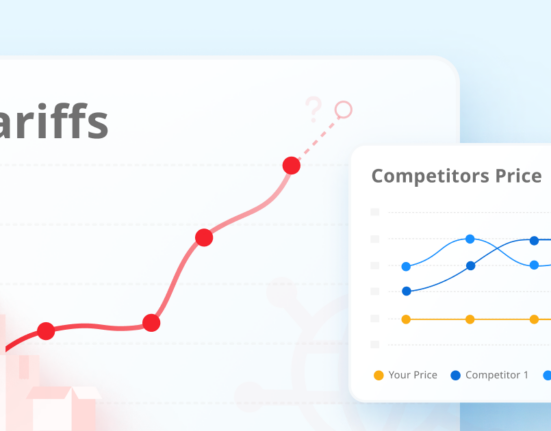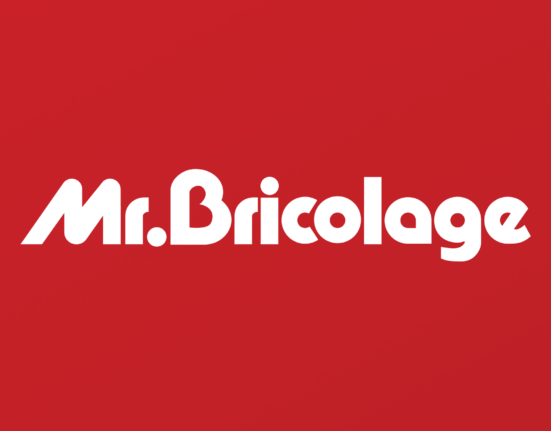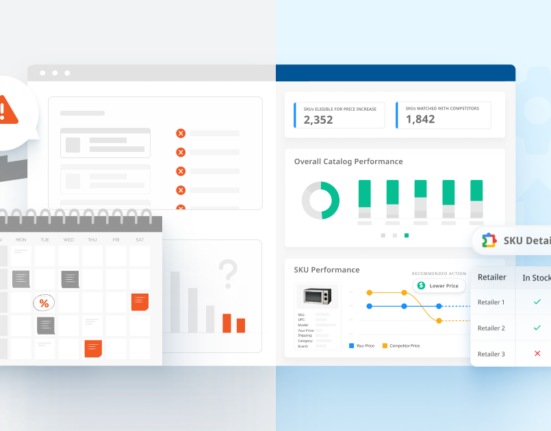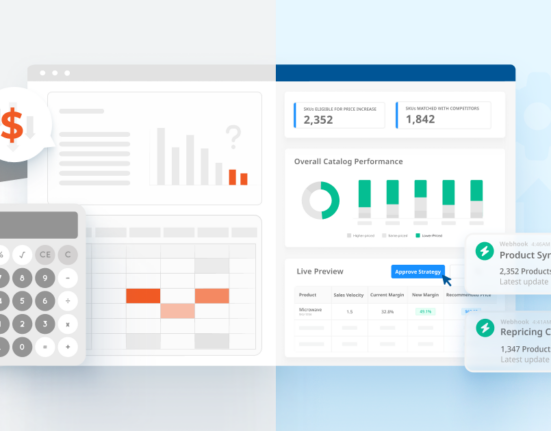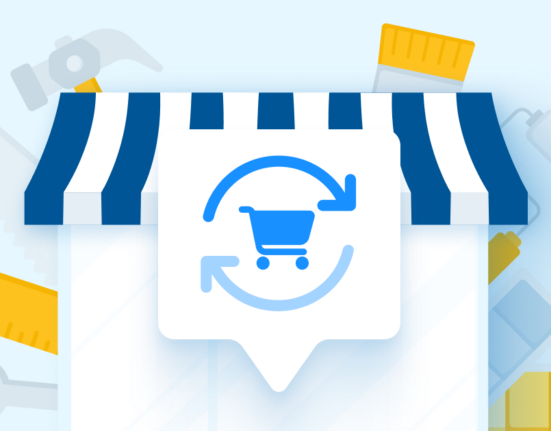For some, implementing a new pricing strategy can feel like a real shot in the dark. Set your prices too low and you’ll miss out on profit. Too high, and you’ll lose sales to your competitors.
It’s not as simple as copying the competition’s prices, and there is no easy, one-size-fits-all solution.
Luckily, you don’t actually have to continue flying blind. By regularly measuring the effectiveness of your strategies, you can determine if your current prices are performing as expected and adjust as needed.
But what factors into an effective pricing strategy? And how exactly do you measure this?
What to Consider When Setting Your Pricing Strategy
Pricing decisions should not be narrow-sighted or haphazard. There is more to pricing than just profit.
Many different factors go into choosing an effective pricing strategy, such as:
- Manufacturing costs
- Customer demographics
- Brand Identity
Each of these elements and more can change how effectively your pricing strategies perform.

Determining the right pricing strategy for your business starts with evaluating the needs and goals of your company. Are you looking to increase the number of sales within a margin? Or to move inventory before the end of a season? Your motives can affect which pricing strategy will work best for your business.
Once you’ve assessed these goals, take a look at the market and learn who your direct competitors are. This can include both online and local businesses. No matter what pricing strategies you choose to employ, what your competitors are doing will always be relevant to how well your own strategies are performing.
It’s also important to understand where your own business falls in the market when compared to others. How are you setting your company apart in the eyes of consumers? Consider interviewing customers to get a better feel for their attitude toward your brand. How do they value your products when compared to others? This can provide great insight into how you should be setting your prices.
Metrics for Measuring the Effectiveness of Your Pricing Strategies
There are three key metrics, or KPIs, you can use to measure the effectiveness of your pricing strategies and determine if they are delivering the expected results.
No. 1: Margins
Your margins indicate the amount of profit made by your business and are an extremely important indicator of a successful pricing strategy. Your prices should always be working to identify opportunities for maximizing your margins.
No. 2: Consumer Price Index
A consumer price index, or CPI, measures the changes in cost for a product over time. Store managers sometimes calculate the CPI of past products in order to estimate how much they should charge for the upcoming year.
You can also use CPI for competitor products in order to better approximate how much you should charge for your own products.
Ideally, you want your prices to stay competitive. So, if your CPI is equal to or greater than the average prices within the market, then your level of competitiveness is sufficient. If your CPI is below that average, then you might not be pricing as competitively as your competition.
No. 3: Conversions
Your conversion rate indicates how many people are actually making purchases from your business, which is an excellent metric to stay on top of if you’re hoping to measure the effectiveness of your strategies. A high conversion rate means that your strategies are working, and consumers are being influenced into making more purchases. A low conversion rate likely indicates that there are some changes needing to be made.

Always Keep Tabs on Your Competition
When discussing an optimized pricing strategy, it’s impossible not to consider competitive pricing. However, you don’t want to put yourself into a position where you’re constantly acting reactively in response to price changes from your competitors. This is why it’s important to monitor your competition’s pricing patterns and market strategies.
Tools like Wiser’s Price Intelligence can show you historical pricing across your catalog and your competitors’ catalogs. This ensures you have a strong foundation of market knowledge around low and high prices, category price movement, and opportunities to increase margin.
Then, you can use this data to predict when the competition will have promotions or annual sales and price your own products to compete. Stay informed so you can price proactively.
No matter which strategies you choose, pricing your products effectively is an essential component of running a successful business.
Which Pricing Strategy Is Best for Your Business?
You can always experiment with different pricing strategies until you find what works best for your business. The key is continuously measuring the effectiveness of each strategy to ensure you are hitting your targets.
Remember that you can also alternate pricing strategies between different seasons or even across different products and services.
No matter which strategies you choose, pricing your products effectively is an essential component of running a successful business. Even the most amazing product in the world will struggle to sell if it’s priced incorrectly.
Visit Wiser.com today to learn more about how to optimize your prices.




